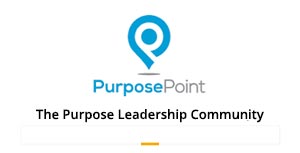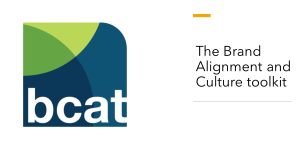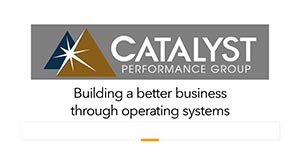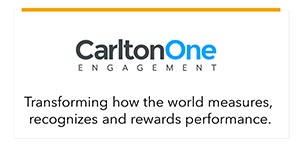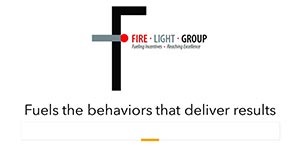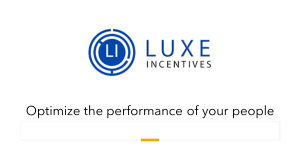View From Ghana on ESG: Focus on Value Creation
.png) While discussions about ESG (environmental, social, and governance) issues have quieted in the US since the arrival of the Trump administration, the rest of the world continues to focus on the issue but with a growing from shift from compliance to value creation.
While discussions about ESG (environmental, social, and governance) issues have quieted in the US since the arrival of the Trump administration, the rest of the world continues to focus on the issue but with a growing from shift from compliance to value creation.Make ESG Part of Strategy, Operations, Culture
Include Employee, Customer Satisfaction Metrics
"Beyond ESG Buzzwords: Embedding Sustainability into Strategy and Value Creation" by Savaş Aslantepe urges organizations to seriously integrate Environmental, Social, and Governance (ESG) factors into business strategies rather than treating them as trends or compliance checklists. The author believes that ESG should be embedded into the core of business operations, culture, and governance to drive long-term value creation.
Aslantepe is Africa Regional Financial Manager for Karpowership, a Dubai-based electric power generation company. His viewpoint is supported by a recent article in the Harvard Business Review, Corporate Sustainability Is in Crisis. What Should Companies Do Now? by Georg Kell, Martin Reeves and Helena Fox. They write, “The ever-increasing stock of sustainable business model innovations seems set to transform sustainability from an expensive, if necessary, inconvenience to a self-sustaining source of profit and advantage.
Make ESG Part of Strategy, Operations, Culture
Asiantepe writes that ESG considerations should be considered a fundamental part of business value rather than a standalone category. He provides a case study of AkzoNobel, a company that he says has successfully integrated sustainability into its strategy, operations, and culture, demonstrating how ESG goals can be tied to concrete business outcomes.
He reports that the company has set ambitious 2030 sustainability targets, such as cutting carbon emissions by 50% across its operations and value chain, achieving 100% circular waste in its operations, and generating over 50% of revenue from sustainable solutions. It reportedly uses an internal carbon price in its decision-making, embedding a carbon cost into unit cost calculations to guide product pricing and investment choices. This approach ensures that carbon-intensive options appear less profitable, steering the business toward low-carbon innovation. Sustainability metrics and incentives, he reports, are institutionalized at every level of the company, with progress monitored through concrete KPIs (key performance indicators) embedded in the corporate scorecard.
The article emphasizes the importance of stakeholder engagement in circular-economy principles. AkzoNobel collaborates with partners up and down its value chain, involving customers and suppliers in sustainability innovation. The company aims to achieve 100% circular use of materials in its operations by 2030, redesigning products and processes to minimize waste, use recycled inputs, and extend product life. For instance, AkzoNobel has implemented circular design innovations such as paint formulations that require fewer coating layers and incorporate bio-based binders. This approach helps customers use less material over time and generates less waste, creating a ripple effect of sustainability benefits beyond the factory walls.
The article discusses the evolution of the Balanced Scorecard to include ESG metrics. Modern balanced scorecards explicitly incorporate ESG objectives within the strategy map, he writes, treating them as integrated targets that drive performance. ESG metrics appear alongside other metrics as part of a holistic performance dashboard, all tied to the company’s strategy.
Include Employee, Customer Satisfaction Metrics
For example, a Balanced Scorecard for a manufacturing firm might include goals for carbon emissions per unit produced and water recycling rate under the internal process perspective; customer satisfaction and percentage of “sustainable product” revenue under the customer perspective, and employee engagement or training hours under the learning and growth perspective. This approach shifts ESG from a compliance exercise to a value creation tool, he asserts.
Key principles for genuine ESG integration include embedding sustainability into culture and governance, breaking down silos with stakeholder and systems thinking, and innovating to achieve circular value creation.
Organizations, he concludes, can benefit by moving beyond superficial ESG efforts and embracing stakeholder-value performance systems to creating durable businesses that thrive by delivering value to all stakeholders.
Enterprise Engagement Alliance Services
 Celebrating our 15th year, the Enterprise Engagement Alliance helps organizations enhance performance through:
Celebrating our 15th year, the Enterprise Engagement Alliance helps organizations enhance performance through:1. Information and marketing opportunities on stakeholder management and total rewards:
- ESM Weekly on stakeholder management since 2009. Click here to subscribe; click here for media kit.
- RRN Weekly on total rewards since 1996. Click here to subscribe; click here for media kit.
- EEA YouTube channel on enterprise engagement, human capital, and total rewards since 2020
 Management Academy to enhance future equity value for your organization.
Management Academy to enhance future equity value for your organization.3. Books on implementation: Enterprise Engagement for CEOs and Enterprise Engagement: The Roadmap.
4. Advisory services and research: Strategic guidance, learning and certification on stakeholder management, measurement, metrics, and corporate sustainability reporting.
5. Permission-based targeted business development to identify and build relationships with the people most likely to buy.
Contact: Bruce Bolger at TheICEE.org; 914-591-7600, ext. 230.







